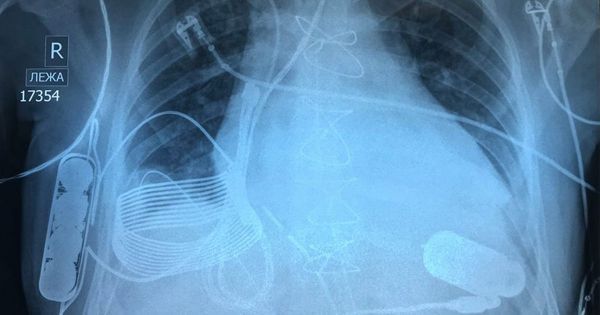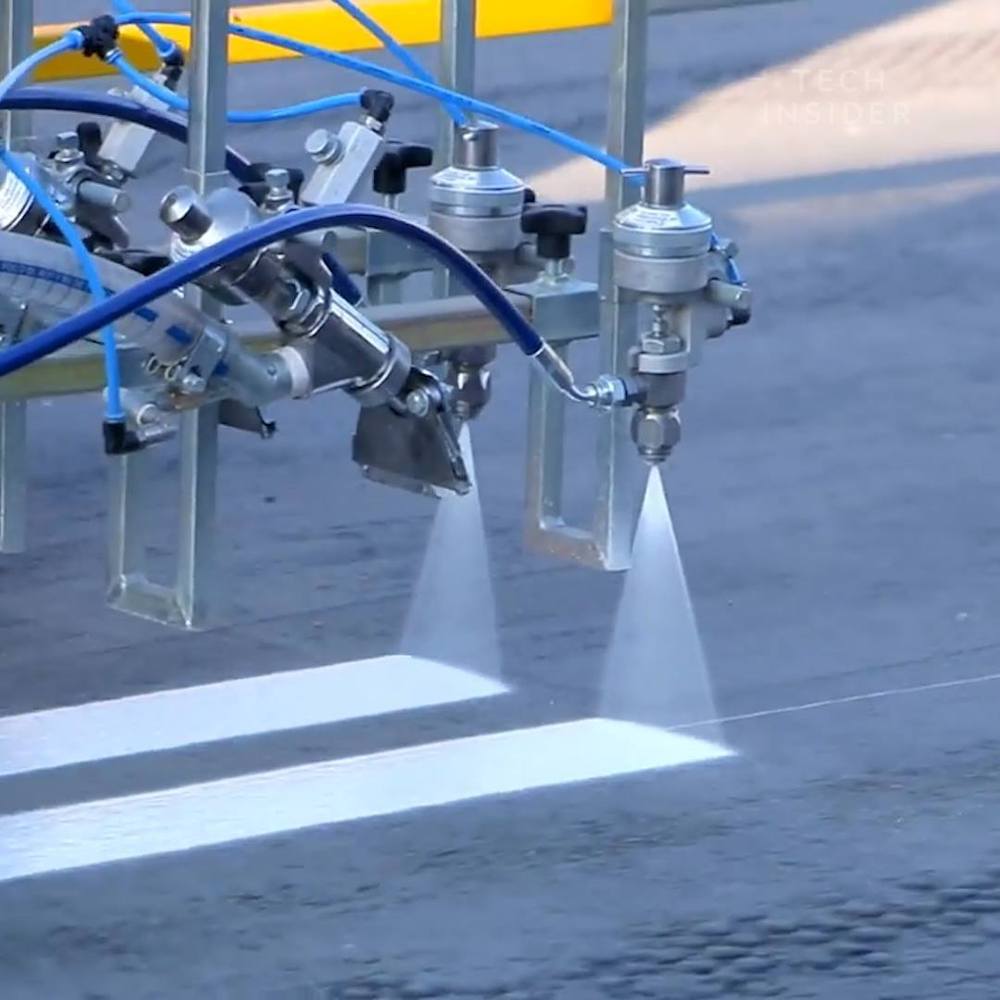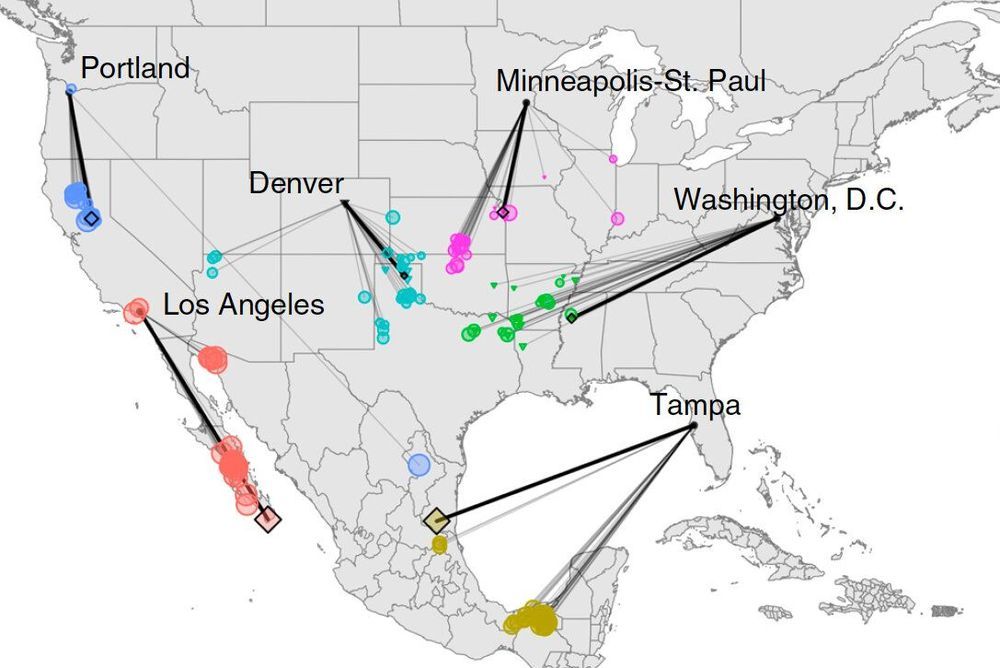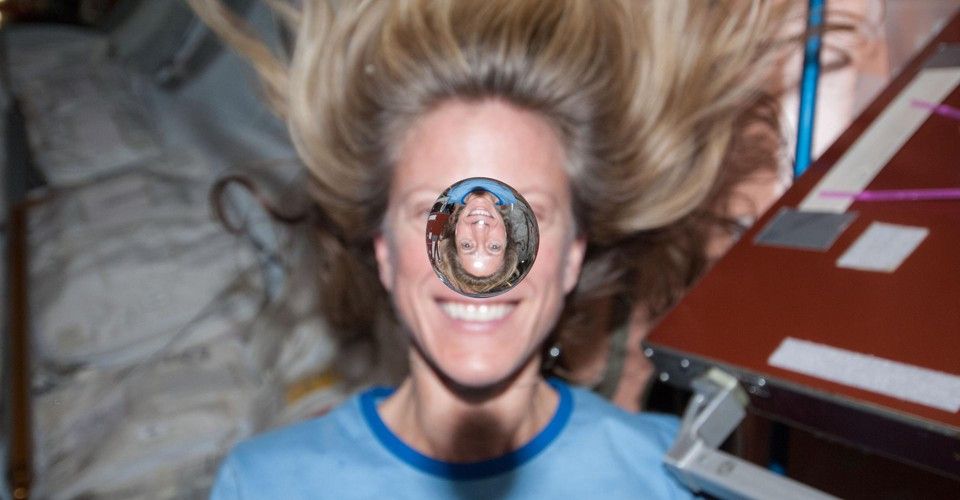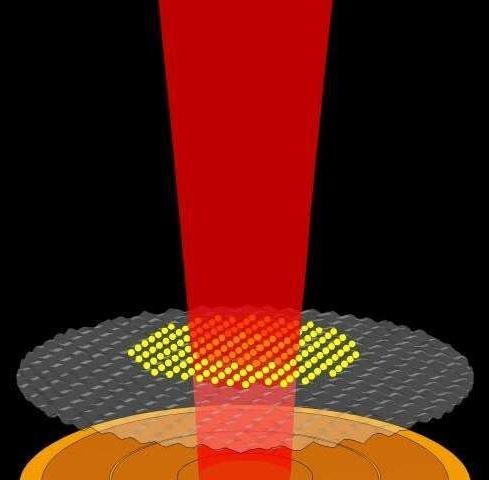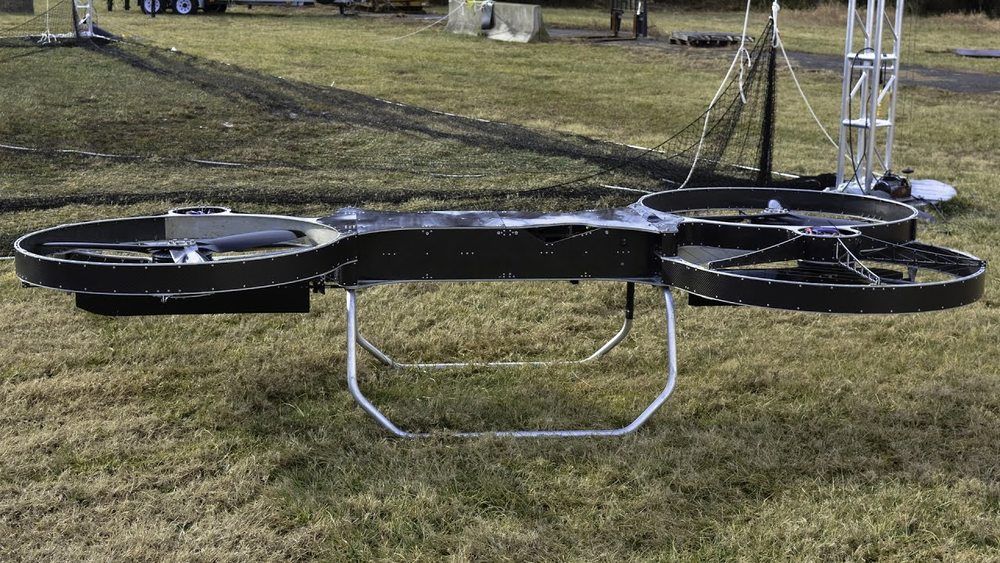Page 8151
Feb 12, 2019
These machines spray markings onto roads with incredible precision
Posted by Quinn Sena in category: futurism
Feb 12, 2019
Climate of North American cities will shift hundreds of miles in one generation
Posted by Quinn Sena in categories: climatology, sustainability
In one generation, the climate experienced in many North American cities is projected to change to that of locations hundreds of miles away—or to a new climate unlike any found in North America today.
A new study and interactive web application aim to help the public understand how climate change will impact the lives of people who live in urban areas of the United States and Canada. These new climate analyses match the expected future climate in each city with the current climate of another location, providing a relatable picture of what is likely in store.
“Under current high emissions the average urban dweller is going to have to drive more than 500 miles to the south to find a climate like that expected in their home city by 2080,” said study author Matt Fitzpatrick of the University of Maryland Center for Environmental Science. “Not only is climate changing, but climates that don’t presently exist in North America will be prevalent in a lot of urban areas.”
Feb 12, 2019
NASA has a $3.5 billion idea to save Earth from a supervolcano apocalypse
Posted by Quinn Sena in category: space
Yellowstone National Park sits atop a supervolcano that’s considered one of the greatest volcano threats. But NASA has an idea to stop an eruption.
Feb 12, 2019
A Very Relatable Moment on the International Space Station
Posted by Genevieve Klien in category: space
Feb 12, 2019
James Clerk Maxwell Telescope discovers flare 10 billion times more powerful than those on the sun
Posted by Genevieve Klien in category: space
The Hawaii-based James Clerk Maxwell Telescope (JCMT) has discovered a stellar flare 10 billion times more powerful than the Sun’s solar flares, a history-making discovery that could unlock decades-old questions about the origin of our own Sun and planets, giving insight into how these celestial bodies were born.
Feb 12, 2019
FAA will require drones to display registration numbers externally
Posted by Genevieve Klien in category: drones
Feb 12, 2019
Questions in quantum computing—how to move electrons with light
Posted by Genevieve Klien in categories: computing, particle physics, quantum physics
Electronics rely on the movement of negatively-charged electrons. Physicists strive to understand the forces that push these particles into motion, with the goal of harnessing their power in new technologies. Quantum computers, for instance, employ a fleet of precisely controlled electrons to take on goliath computational tasks. Recently, researchers at the Okinawa Institute of Science and Technology Graduate University (OIST) demonstrated how microwaves cut in on the movements of electrons. The findings may contribute to future quantum computing technology.
The logic operations of normal computers are based on zeros and ones, and this binary code limits the volume and type of information the machines can process. Subatomic particles can exist in more than two discrete states, so quantum computers harness electrons to crunch complex data and perform functions at whiplash speed. To keep electrons in limbo for experiments, scientists capture the particles and expose them to forces that alter their behavior.
In the new study, published December 18, 2018 in Physical Review B, OIST researchers trapped electrons in a frigid, vacuum-sealed chamber and subjected them to microwaves. The particles and light altered each other’s movement and exchanged energy, which suggests the sealed system could potentially be used to store quantum information – a microchip of the future.
Feb 12, 2019
Genetically Modified Super-Charged Cassava Could Help Stamp Out Malnourishment In Africa
Posted by Genevieve Klien in categories: bioengineering, food, genetics
Over 800 million people depend on cassava as a main food staple. Also known as manioc and yuca, this root vegetable also makes up around 50 percent of the caloric intake of around one-third of people in sub-Saharan Africa.
Unfortunately, it isn’t the most nutritious of food sources. As a result, iron and zinc deficiencies are sky high in many parts of Africa. It’s estimated that up to 75 percent of preschool children and 67 percent of pregnant women in Nigeria are anemic as a result of iron deficiency.
However, researchers have now developed super-charged cassavas using genetic engineering to enrich the plant with significantly higher levels of both iron and zinc.
